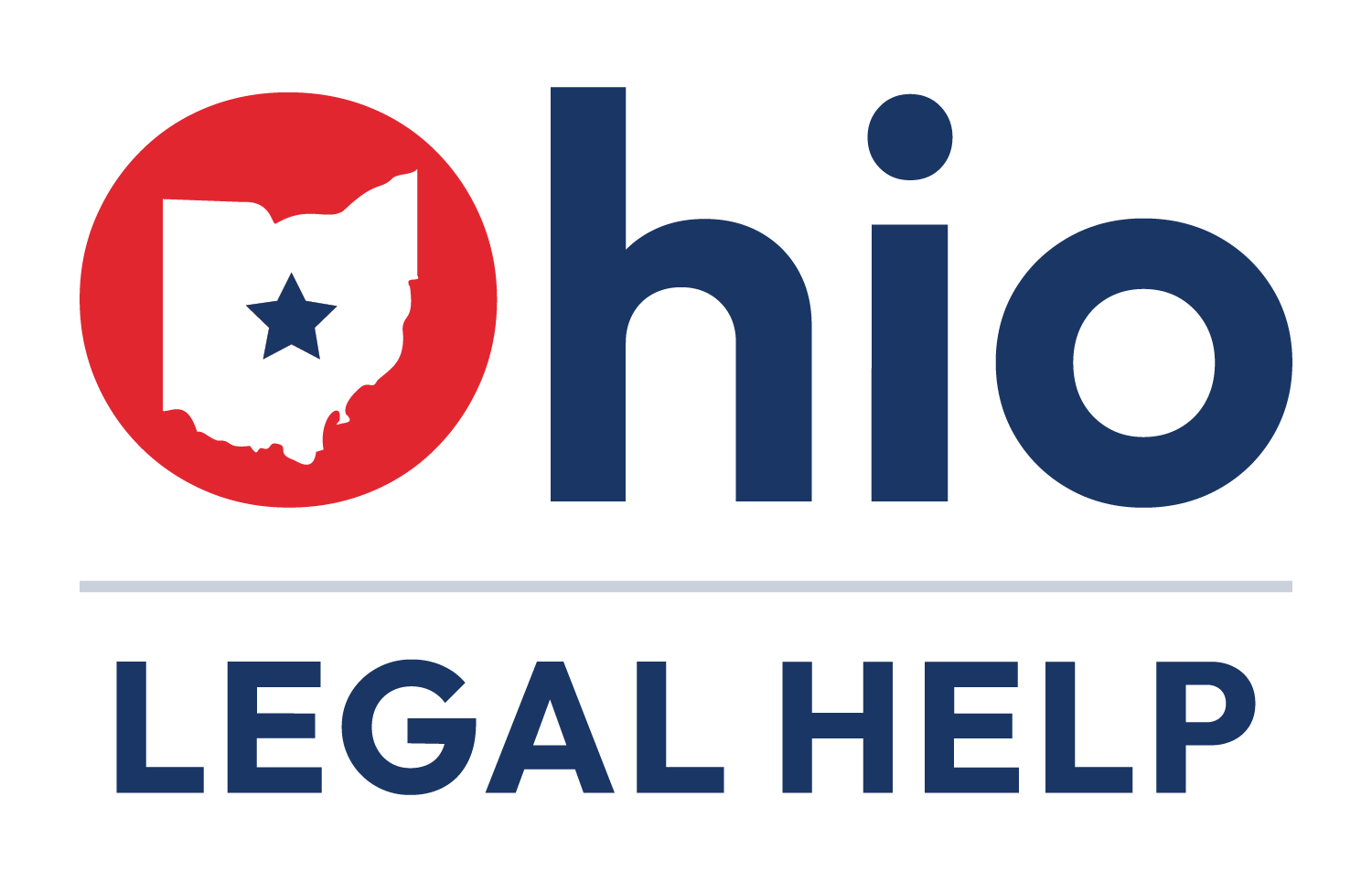Domestic Violence Help: Combating a Pandemic within a Pandemic
In Ohio and across the U.S., the pandemic has put a spotlight on numerous ongoing public health crises including domestic violence and the need for more legal assistance. Domestic violence victims are facing an onslaught of issues as the nation approaches cold weather, high levels of COVID-19 cases, and increasing unemployment. Columbus City Attorney Zach Klein highlights the help available for domestic violence victims.
October marks National Domestic Violence Awareness Month. October also marks the transition to colder weather and the potential for an increase in cases of COVID-19. As central Ohio families begin to take shelter from the weather and the pandemic again, we will also potentially see the rise in domestic violence throughout the country.
Since COVID-19 began to spike in March in the United States and shelter-in-place orders were mandated, the National Domestic Violence Hotline reported that their organization saw a 9 percent increase in total contacts received. Even with stay-at-home orders lifting during the summer and a sense of the “new normal,” stressors like financial strain and school and childcare closures contributed to domestic violence victims feeling more isolated than ever. Financial entanglement between partners has historically created even more problems when attempting to leave an abuser, and the pandemic has only exacerbated financial instability. As the New England Journal of Medicine states, the United States is facing a “pandemic within a pandemic.”
Ohio and the City of Columbus have seen spikes in domestic violence calls. The number of domestic violence cases filed in Franklin County Municipal Court was up 31% in June compared to the same month in 2019, as the Columbus Dispatch reports. The Ohio Domestic Violence Network also released their 2020 Fatality Report, which shows a 35% increase in domestic violence related fatalities between June 2019 to June 2020 in Ohio.
The Domestic Violence and Stalking Unit at my office launched a texting service during the beginning of COVID-19 for domestic violence victims who are often isolated with their abuser. This Unit provides education, support, counseling, and crisis intervention to victims of domestic violence, and they are available Monday through Friday to offer advocacy and safety planning to victims. Anyone in need can call (614-645-6232), text (614-653-8075) or meet in person with a victim advocate from 8 a.m. – 4:30 p.m.
The Ohio Domestic Violence Network (ODVN) is the state coalition connecting those in need to shelters and other resources. ODVN’s legal services and advocacy operations around the state did not stop throughout the pandemic, and they remain open and ready to help domestic violence victims find safety. Additionally, ODVN has COVID-19 guidance available for shelters and survivors on their website.
In addition to these services, Columbus-based LSS CHOICES, a member of ODVN, offers a 24/7 hotline to connect victims with legal advocates, counseling services, peer support groups and shelter. On their website, they recommend the following for domestic violence victims who are needing to quarantine with their abuser:
- Keep near an exit
- Become aware of where your abuser is in the home
- Trust your instincts
- Have a packed bag ready to go
- Avoid rooms with weapons
- Create a code word (send to trusted friends/family when in danger)
- Take a walk outside away from the abuser
- If safe to do so, maintain telehealth counseling and advocacy appointments
- Create a mantra
- If you have children, rehearse and practice your safety plan with children
- Teach children how to contact 911
As survivors begin to work through their safety plan, the need for legal assistance often comes into play, whether that be through a divorce, finding benefits or gaining custody. Many domestic violence survivors are unable to leave their abuser unless they can find financial security and shelter. Our community is fortunate to have Ohio Legal Help as a resource that connects survivors to resources right for their legal needs, whether that be finding a shelter, getting in touch with legal aid or an attorney, or court forms and resources specific to their area. For more information on the signs of abuse and the legal steps you can take, visit https://www.ohiolegalhelp.org/topic/abuse.
My office continues to work with Columbus Legal Aid and other entities throughout Central Ohio to do even more to stop domestic violence. Last week, we announced our latest efforts as we join with eight other Franklin County agencies to implement the Blueprint for Safety to combat domestic violence.
The Blueprint for Safety model, originally developed and implemented in Saint Paul, Minn., provides a consistent, coordinated criminal justice response to protect victims. By facilitating victims’ safety from an initial emergency call for help through to sentencing and probation, it has a proven track record of reducing deaths, holding perpetrators accountable and changing societal attitudes toward domestic violence in communities where it has been implemented.
I’m pleased to be surrounded by community leaders who are committed to break the cycle of domestic abuse in our community.

